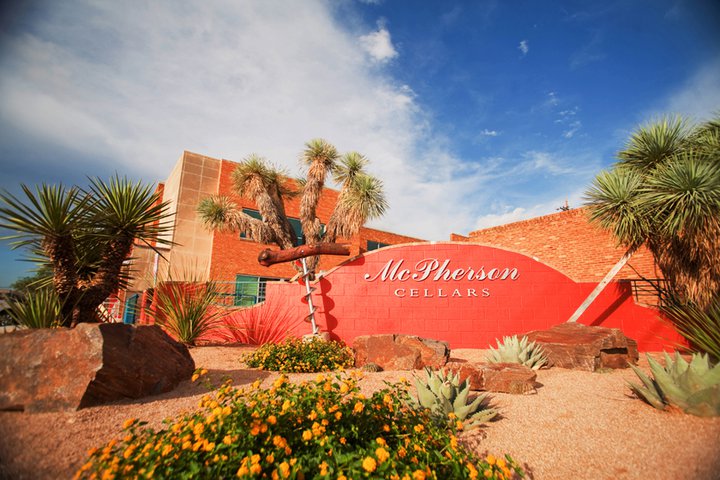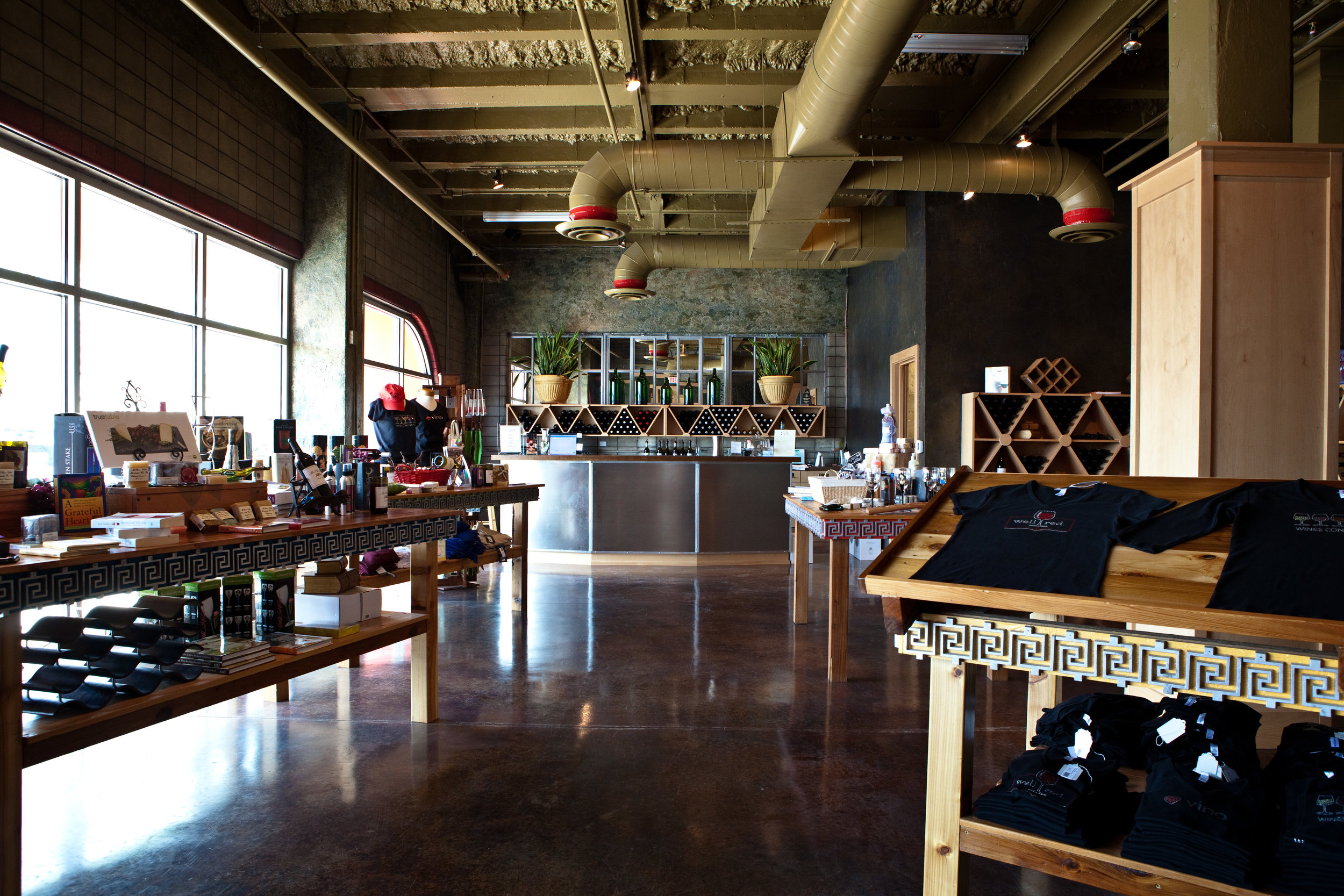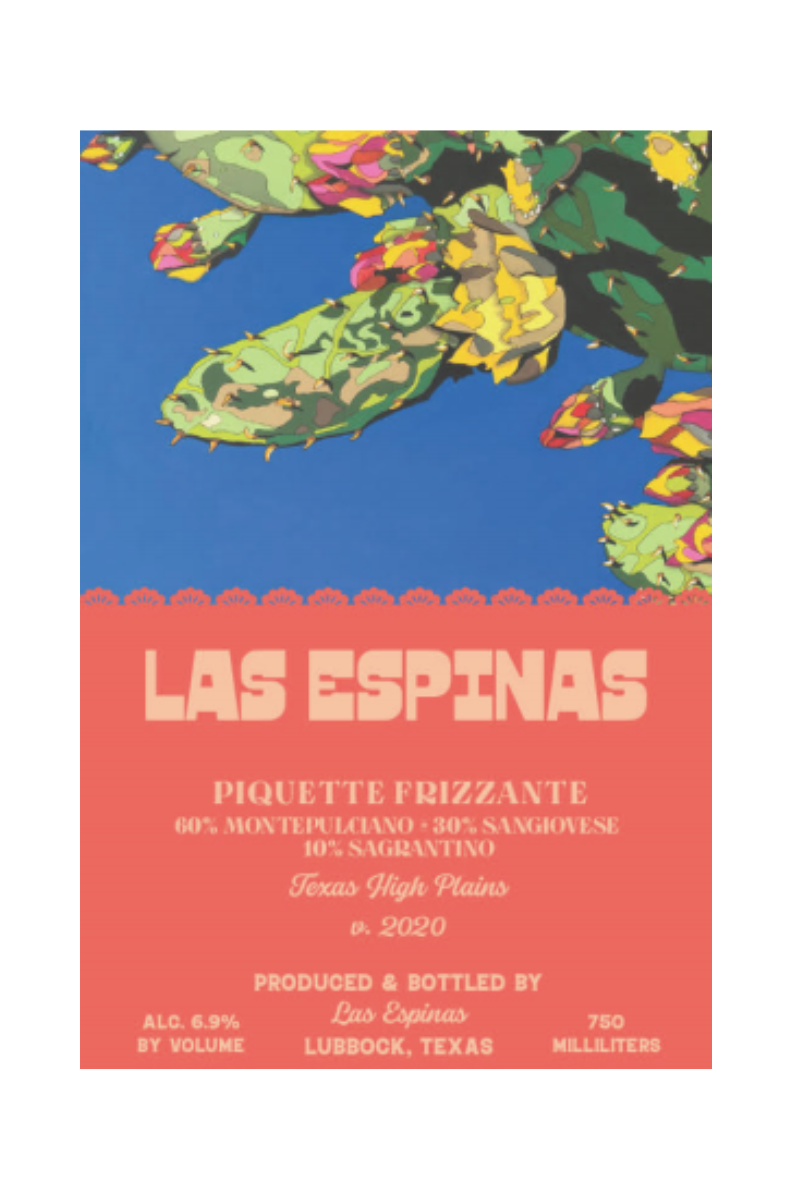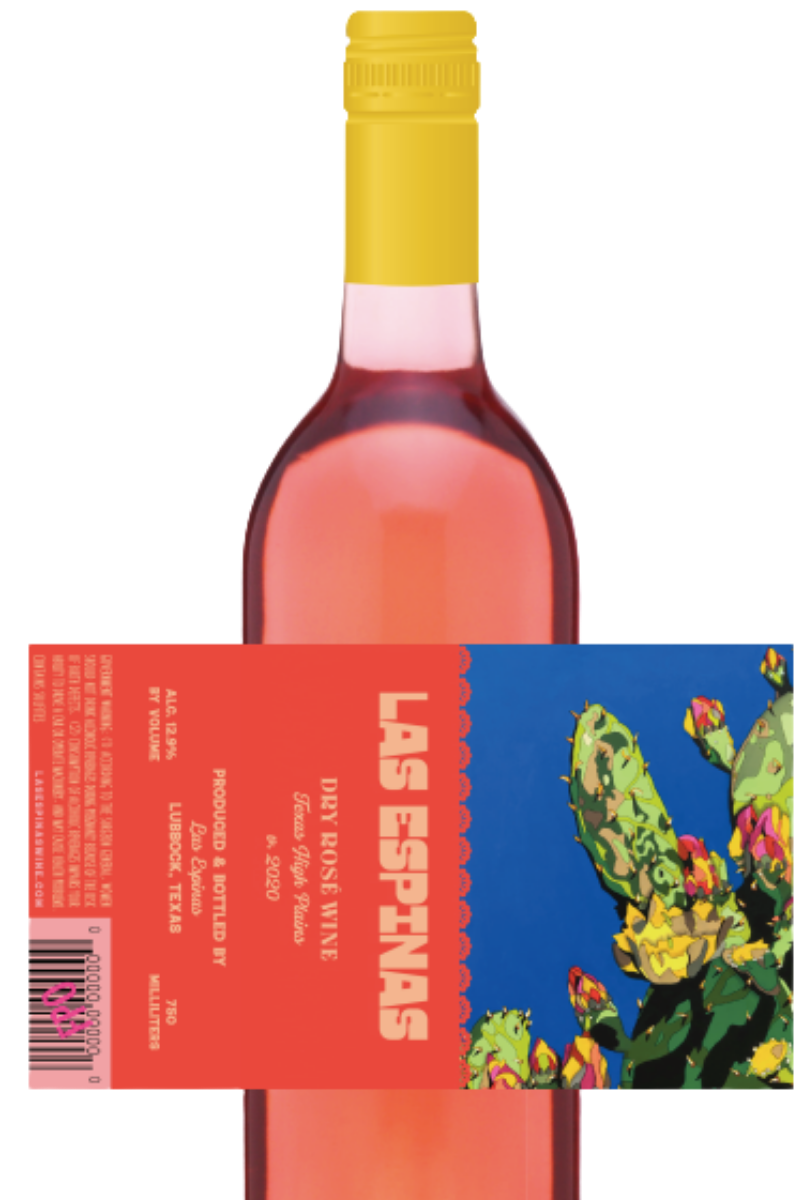Las Espinas
Texas, United States
About Las Espinas
sustainably farmed / Woman owned / Woman winemaker / Natural, Low Intervention
Kassandra McPherson grew up in a winemaking family. Her grandfather Clinton ‘Doc’ McPherson was elbow-deep in Texas wine from the very beginning, a pioneer spreading the gospel of the High Plains with every bottle. Today, my family’s McPherson Cellars makes the kind of ‘classic’ West Texas wines.
Kassandra crafted Las Espinas in answer to the question, “but why not?” Here is what she says in her own words.
An opportunity to purchase fruit arose, and with a little cajoling from my father and my intelligence, determination, and instinct as a third-generation winemaker. Las Espinas is a return to my roots, a chance to claim the winemaking heritage I’d been given, and then neglected, for too long. It’s a privilege to work alongside my father and his assistant winemaker, and try my hand at capturing the many facets of West Texas terroir through my own youthful, female lens (it doesn’t always go hand in hand with my father’s).
The Las Espinas wines are here to play. They’re the joyful coalescence of my experiences as an Advanced Sommelier, a cellar rat, a winemaker’s daughter, and a woman who loves a good glass. Each bottling is spirited, easy-drinking, and stripped of pretention.
Las Espinas is a home to tiny lots of fruit from small growers that might otherwise get passed over by large wineries. My emphasis will always be on quality over quantity—each passing vintage represents a seized opportunity.
A note about the labels… It began with the artwork of Robert Rogers. A close family friend, he allowed me the privilege of using four of my favorite paintings as the labels of Las Espinas, then only a nameless project keeping me up at night. The colors and textures of each label captured the native cacti of West Texas in delightful detail—perfect for a wine that is, above all, proudly Texan. Meanwhile, the bright colors and dainty scalloped edges of papel picado pay homage to my mother’s Mexican heritage. The name ‘Las Espinas’ came naturally (one of the only parts of this project that did!)—a reference to the gorgeous cacti and their thorns that remind us life may be prickly sometimes, but it’s surrounded by beauty to be grateful for. And if anything, this last year and this endeavor has instilled this in me.
Wine Tech Sheets
“About the Texas High Plains: The Texas High Plains AVA stretches from Amarillo in the north to the New Mexico border and extends just south of Lubbock. Vineyards are located on a high plateau on flat terrain ranging from 3,000 to 4,000 feet above sea level. This positioning provides a semi-continental climate of long, hot, and dry summers and cooler evenings—significant diurnal shifts that aid in retaining grape acidity and slower ripening. The region is windy and arid, relieving the vines of fungal pressures felt elsewhere in Texas. Soils are sandy clay loams, and many vineyards are own-rooted (no Phylloxera!) because of the sandy soils.
”






